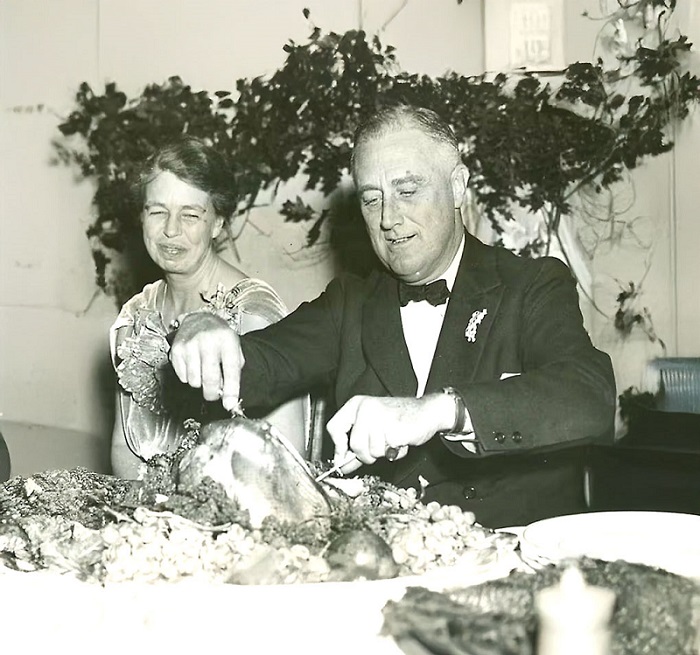For decades after Abraham Lincoln’s 1863 proclamation, Americans marked Thanksgiving on the last Thursday of November. That changed in 1939, when Franklin D. Roosevelt moved the holiday one week earlier. With five Thursdays on the calendar that year, retail groups urged FDR to shift Thanksgiving to create a longer Christmas shopping season during the struggles of the Great Depression. He agreed, noting there was nothing sacred about the traditional date.
The reaction was anything but calm. Retailers mostly supported the move, but many small businesses argued the shift hurt local sales. Calendar makers complained their products were suddenly wrong. College football coaches scrambled to move long-planned rivalry games. Governors took sides, splitting the country between the earlier “Franksgiving” on November 23 and the traditional November 30 observance. A few states celebrated both.
The confusion returned in 1940, and studies showed the earlier date did not improve sales. By 1941 pressure mounted to restore the old tradition. Congress stepped in and designated Thanksgiving as the fourth Thursday of November. Roosevelt signed the resolution on December 26, 1941, ending the brief attempt to boost the economy by changing the holiday’s timing.














